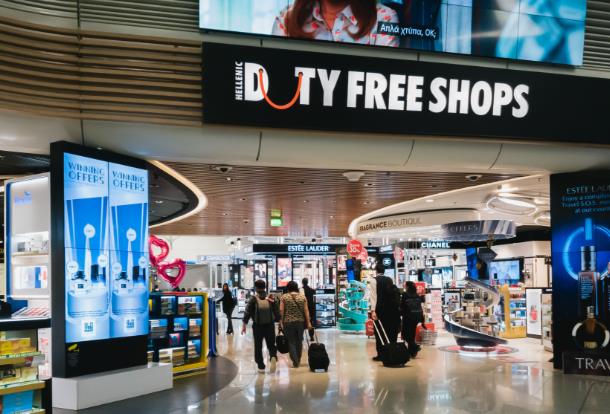The overall growth rate of China’s outbound tourism market slowed in the first half of 2019, but Chinese visitor arrivals to Hong Kong, Macao and Taiwan maintained robust growth, said Shen Yun, the chief economist with Palm You, a Chinese travel big data platform.
Although Hong Kong, Macao and Taiwan’s market share has been shrinking year by year as travelers are making increasingly diversified choices for outbound destinations, they still received an overwhelming share of Chinese mainland outbound travelers.
Over the first five months of 2019, the number of Chinese mainland tourists visiting Hong Kong, Macao and Taiwan has increased 17.5%, 22.72% and 26.49% respectively compared with the previous year, according to the statistics of tourism boards of Hong Kong, Macao, and Taiwan.
The Guangdong-Hong Kong-Macao Greater Bay Area delivered significant increase in the number of tourists to Hong Kong and Macao.
Fewer Chinese tourists visiting Southeast Asian countries in the first five months of this year. Thailand and Vietnam, two popular destinations for Chinese outbound tourists, saw visitor arrivals plunged.
The number of Chinese tourists to Thailand fell 4.31% in the first five months of this year, a sharp reverse from the growth rate of 27.38% in 2018. Chinese arrivals to Vietnam fell 0.82% in 2019, compared to 36.96% increase for the same period of 2018.
Chinese arrivals to Malaysia and Singapore only grew 7.61% and 3.32% in 2019, respectively, a big drop in year-on-year growth rate from last year.
Japan, a popular destination for Chinese travelers due to active promotion, proximity, and strong tourism appeal, received 10% more visitors from China this year compared to 2018, despite near saturation of the China travel market to Japan.
Chinese visitor arrivals to South Korea increased 29.18% in the first five months, after dramatic drops in 2017 and 2018.
During the first five months, the number of bookings for travel from China to popular summer vacation destinations in Europe increased by an estimated 16.9% compared with the same period in 2018, It was higher than the 9.3% average growth rate of booking for global destinations.
Affected by Sino-US trade frictions and the controversies around US sanction against Huawei, Chinese visitor arrivals to the United States and Canada have declined, by 3.07% and 3.50% respectively year on year. (Translated by Juli)




